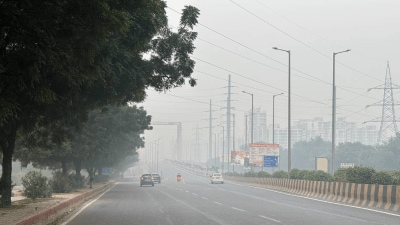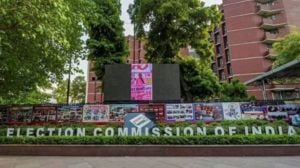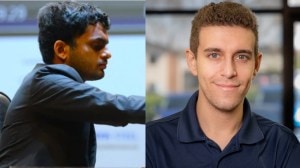Distortions in a cracked mirror
If the media is the mirror of a nation’s sensitivities, the reportage of the murder of a gay couple in Delhi’s upscale Anand Lok c...

If the media is the mirror of a nation’s sensitivities, the reportage of the murder of a gay couple in Delhi’s upscale Anand Lok colony is appalling. The reports have been callous and irresponsible, showing no concern for the dead men and making allegations that they, being dead, cannot refute. The dark sleazy world of homosexuals, the hazardous life they live picking up male prostitutes, their abnormal lives, dominated the news about the murder.
When the father of one of the victims stated at a prayer meeting held for his murdered son that with this loss he had entered the “evening of his life”, he tried to draw the attention of the callous reporters to the human angle of the story. And when prominent NGOs criticised the Delhi Police and media for their undue focus on the life of the gay community, they basically were saying this: report the murder. Like most murders, this too should have put the spotlight on the deteriorating law and order situation in Delhi.
A sensational murder like this does indeed put the spotlight on the social life of the victims. But personal opinions and prejudices of the reporters should not colour their stories. Yes, male prostitution — like female prostitution — could reflect a serious social problem. Yes, paedophilia needs to be rooted out. But every gay man cannot be condemned because of these seamy realities. Gay men are as good or bad professionals, as sincere or insincere friends, as doting or not-so-doting uncles, as indeed each one of us are. They live lives integrated into extended family structures like all of us do. How can their sexual preferences make us so sure that their other social relationships and professional lives are “flawed”.
The media reports on this murder reveal how intolerant we have become of anything that is not “mainstream”. Sadly the mainstream gets narrowly elitist and more traditionally patriarchal than ever as we make strides to hook up with the referents of globalisation. So massage parlours can be advertised for heterosexual comforts but not for homosexuals. Pubs and bars can mushroom and become the yardstick of “modernity” but primarily for men from the top echelons of society.
And the list of intolerances does not stop here. It spills over to cover the reports on rural society and religious minorities. So heinous murders in Uttar Pradesh villages are reported, not with a focus on general the corruption in the law and order machinery. Instead, they are reported to reinforce stereotypes about the conservative and dangerous nature of certain castes and communities. And, of course, we know too well the stereotype of the Muslim community that comes tumbling down each time a crime is committed against a woman of that community. The inevitability of the crime rather than its administrative or legal angle becomes the focus of media attention.
Those who are the subject of such daily distortions should raise their voices against these blatant misrepresentations that go in the name of maintaining the “mainstream” value system.



- 01
- 02
- 03
- 04
- 05




























